It’s been at least 15 years since I last visited Sheffield so it was time to return to see how the city centre has changed. We travelled by train arriving into Sheffield station late morning. The concourse seemed bright and airy leading out onto Sheaf Square, a pedestrianised plaza featuring a cascading water wall and a steel sculpture ‘Cutting Edge’ recognising the city’s industrial heritage where stainless steel was discovered later becoming the home of high quality cutlery. This created a good first impression, the square only opened in 2006 and is a huge improvement from what we remembered.
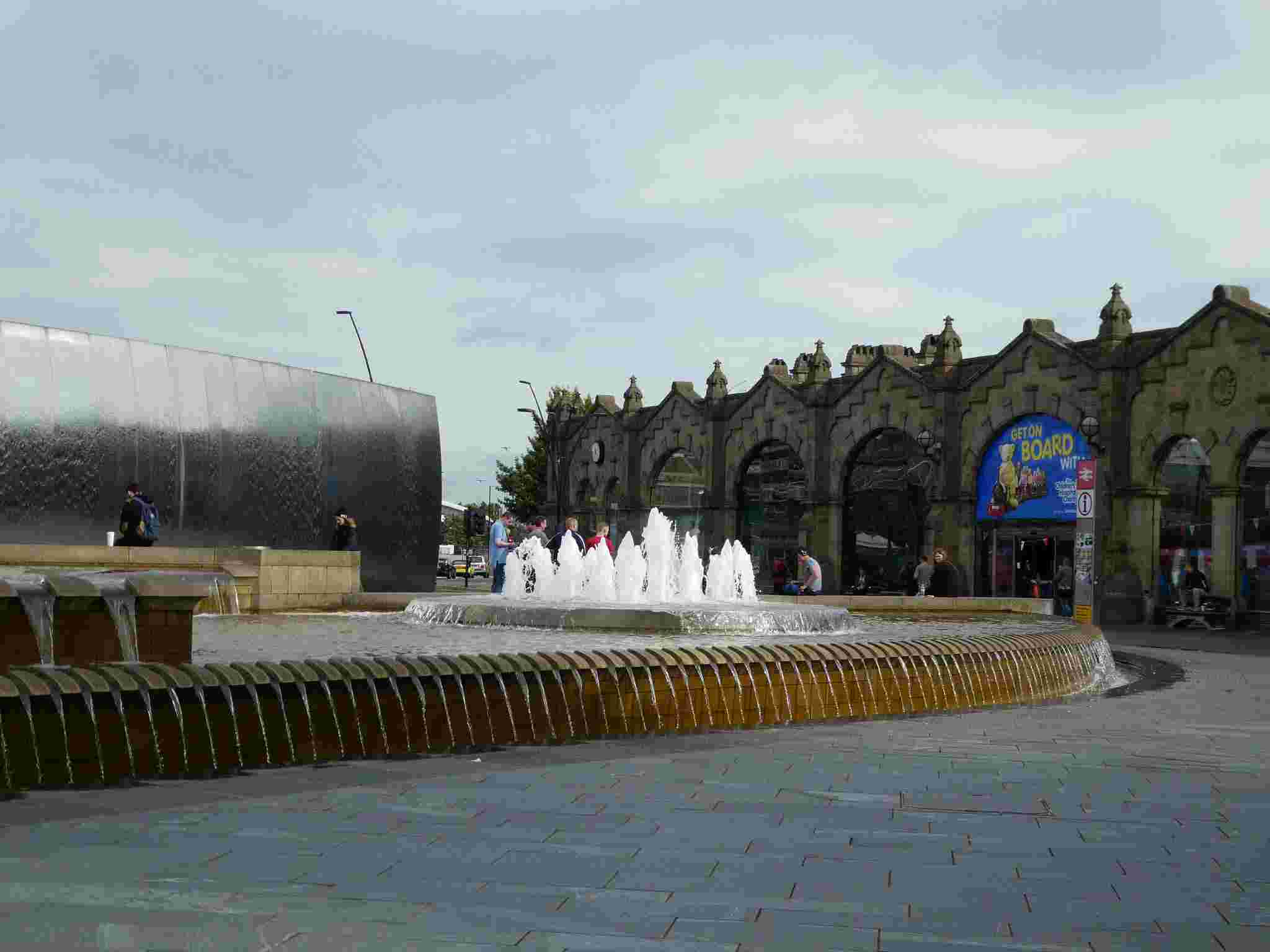
A walkway now leads up Howard Street into the city centre passing alongside the modern buildings of the Sheffield Hallam University campus. We then recognised the Crucible Theatre on our right, probably more famous for hosting the annual World Snooker Championships than staging high quality plays.

We were intrigued to see ‘elephants’ dotted around the city centre. They were part of a public art display organised by Wild in Art, called ‘Herd of Elephants’ featuring 58 elephant and 72 elephant calf sculptures.

Facing the Crucible, another new development is the Winter Gardens. This is one of the largest temperate glasshouses to be built in the U.K. during the last century. Stepping through the huge arched entrance we were enchanted to find ourselves in this stunning green oasis. Here you will find more than 2,500 plants from all around the world, plus an attractive cafe and gift shop. Admission is free and the garden is open daily.
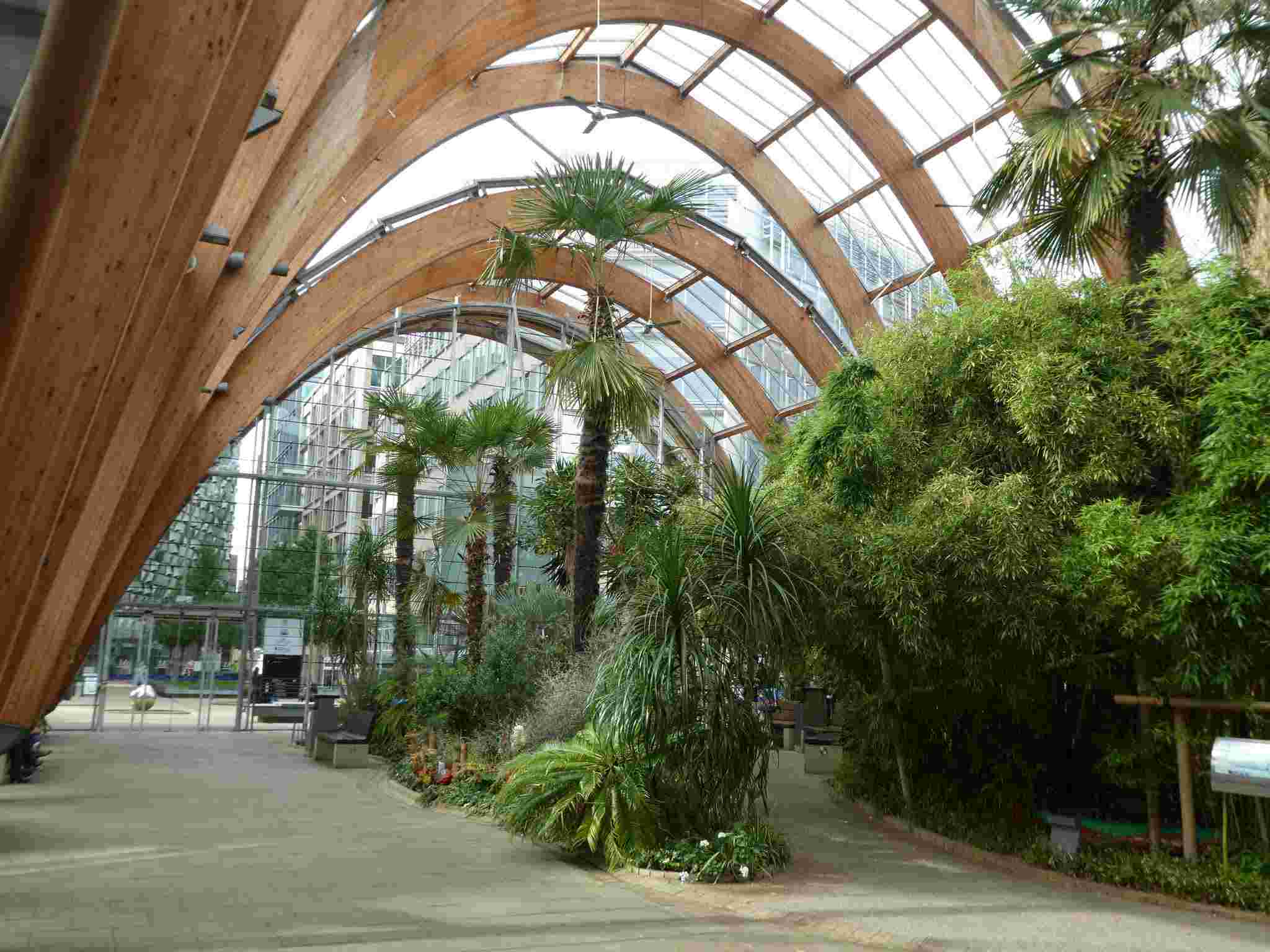
Off to one side of the Winter Gardens lies the entrance to the Millennium Galleries, an art gallery and museum which opened in 2001 as part of the city’s ‘Heart of the City’ project. It consists of a series of galleries connected by a central avenue. Entering the Metalwork Gallery we looked at a collection of Sheffield made cutlery, bowls, teapots and containers – showcasing the excellent designs the city has created from stainless steel.
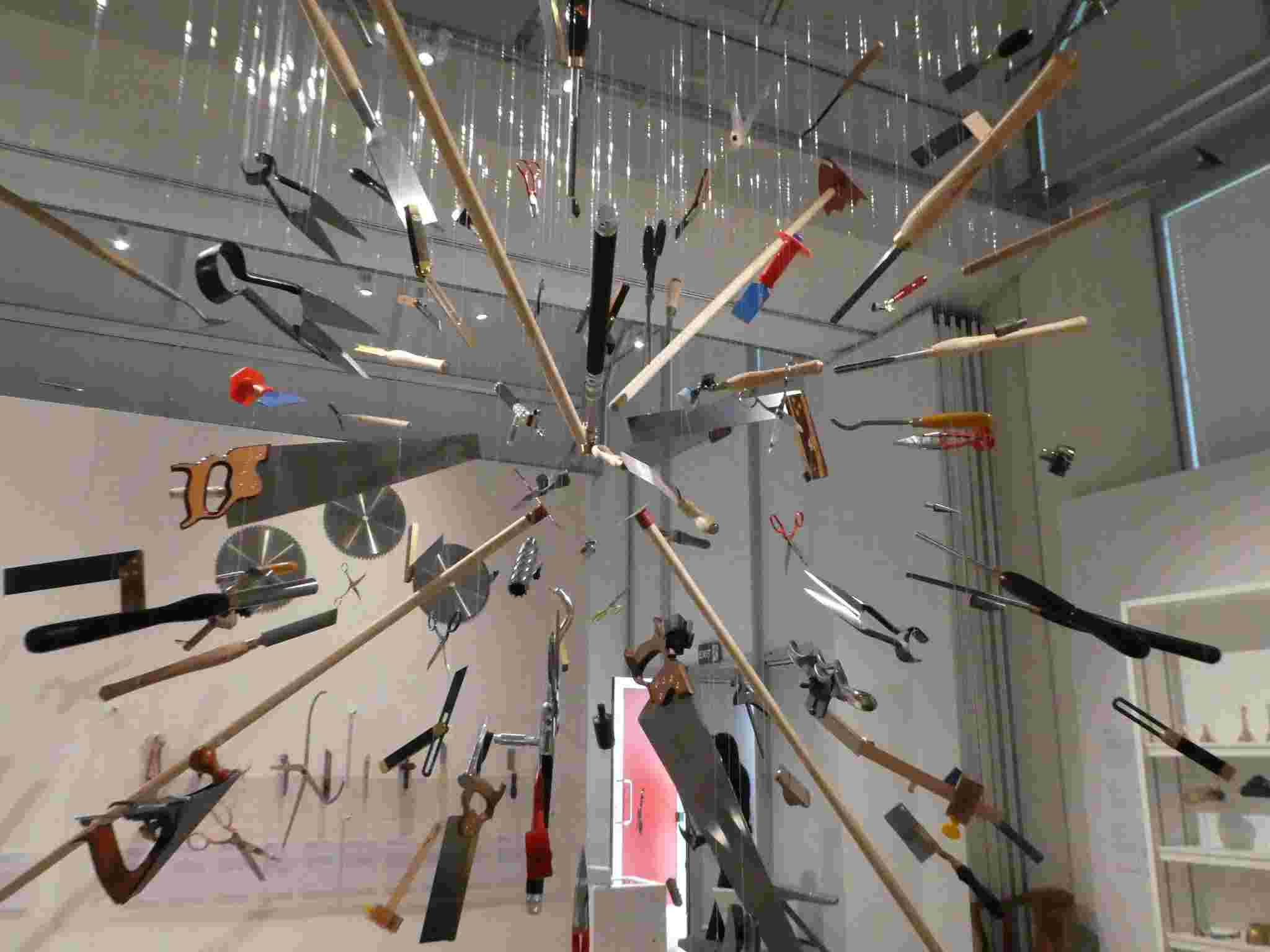
Next door, we viewed the Ruskin Gallery, consisting of a collection of watercolours, drawings, books and coins collected by the noted Victorian scholar John Ruskin. There are two further galleries used for temporary exhibitions, one focussing on craft and design and the other for special exhibitions. Entrance is free of charge and it’s an interesting place to look around if you are in Sheffield.
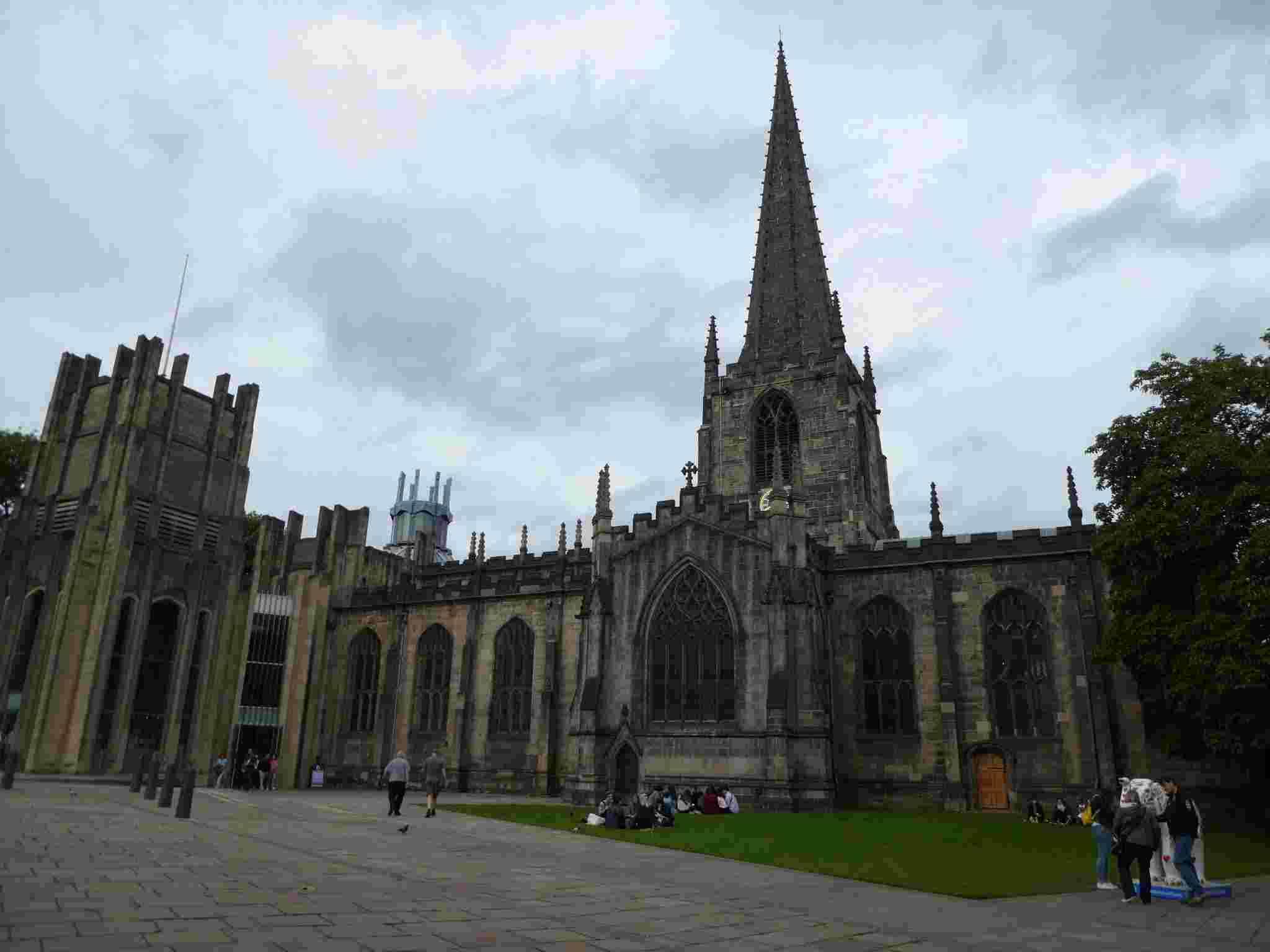
Moving on, we found an inviting pub for some lunch then it was time for more sightseeing. Next on our list was a visit to Sheffield Cathedral and inside we admired the medieval chancel and smaller Tudor and Regimental chapels. Optional guided tours are available at certain times if preferred.
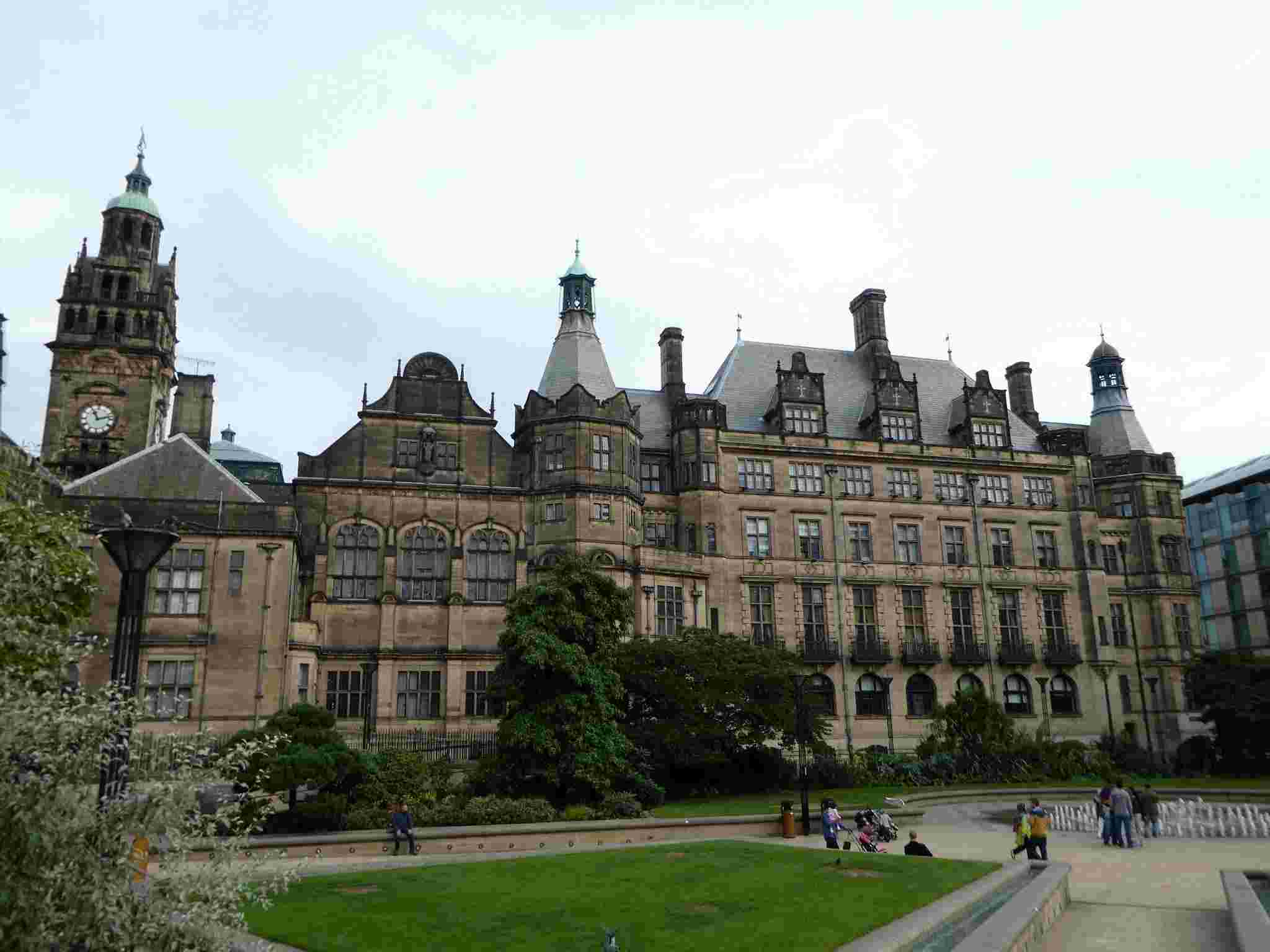
Not far away we admired the gothic Town Hall fronted by the Peace Gardens. These gardens create a tranquil setting for visitors to take a rest from shopping and children were delighting in playing in the fountains despite the weather being a little chilly. We noticed signposts to Victoria Quays formerly known as the Sheffield canal basin, a fifteen minute stroll from the Town Hall so, always being attracted to canal boats, we wandered along to take a look.
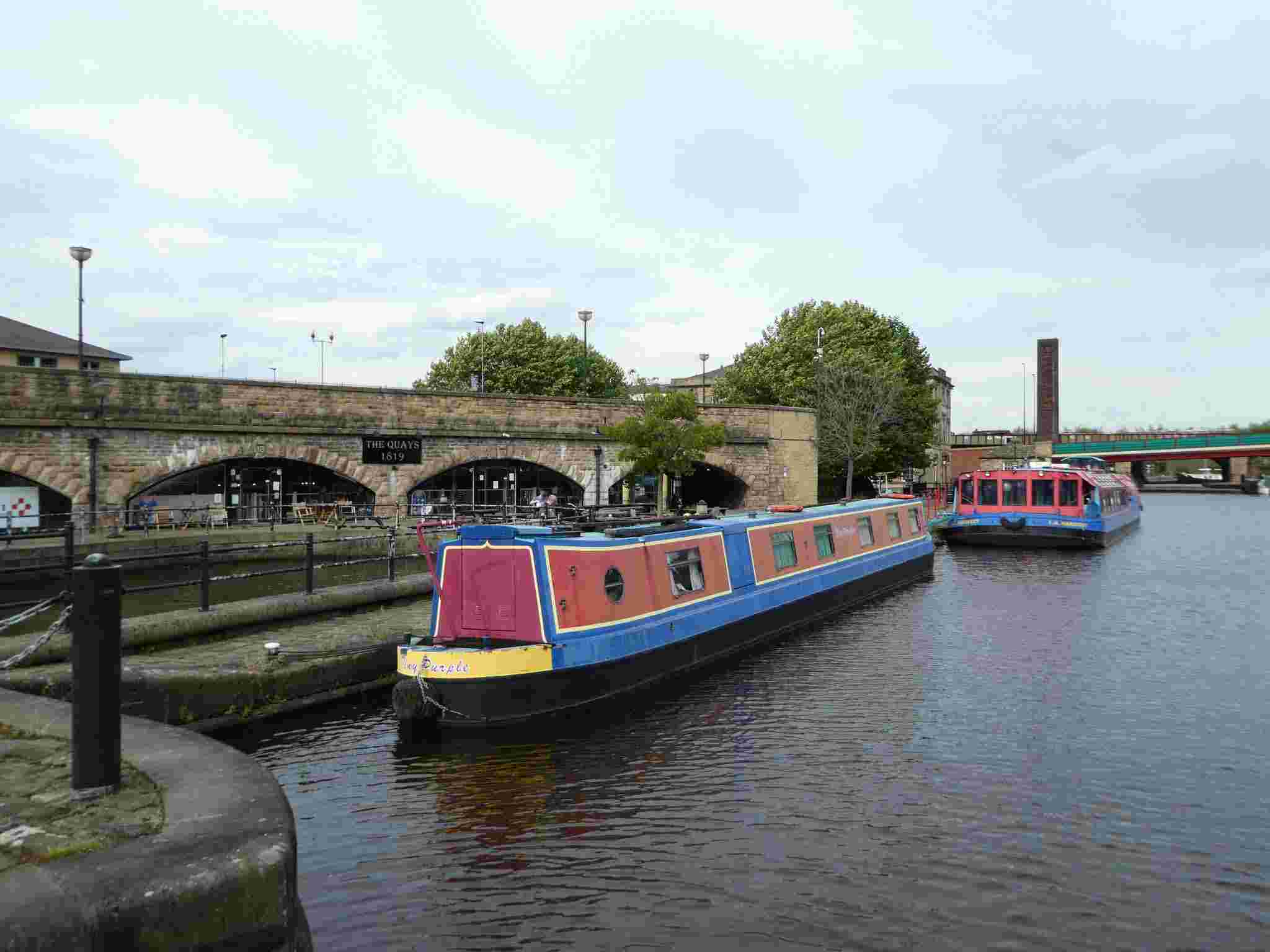
The Quays lie at the head of the Sheffield and Tinsley canal and, to be honest, there wasn’t a great deal of activity on the Saturday afternoon we were there. The derelict railway arches have been converted into retail units and cafes but several were unoccupied. Several colourful canal boats were brightening up the quayside, two of which were providing houseboat accommodation.
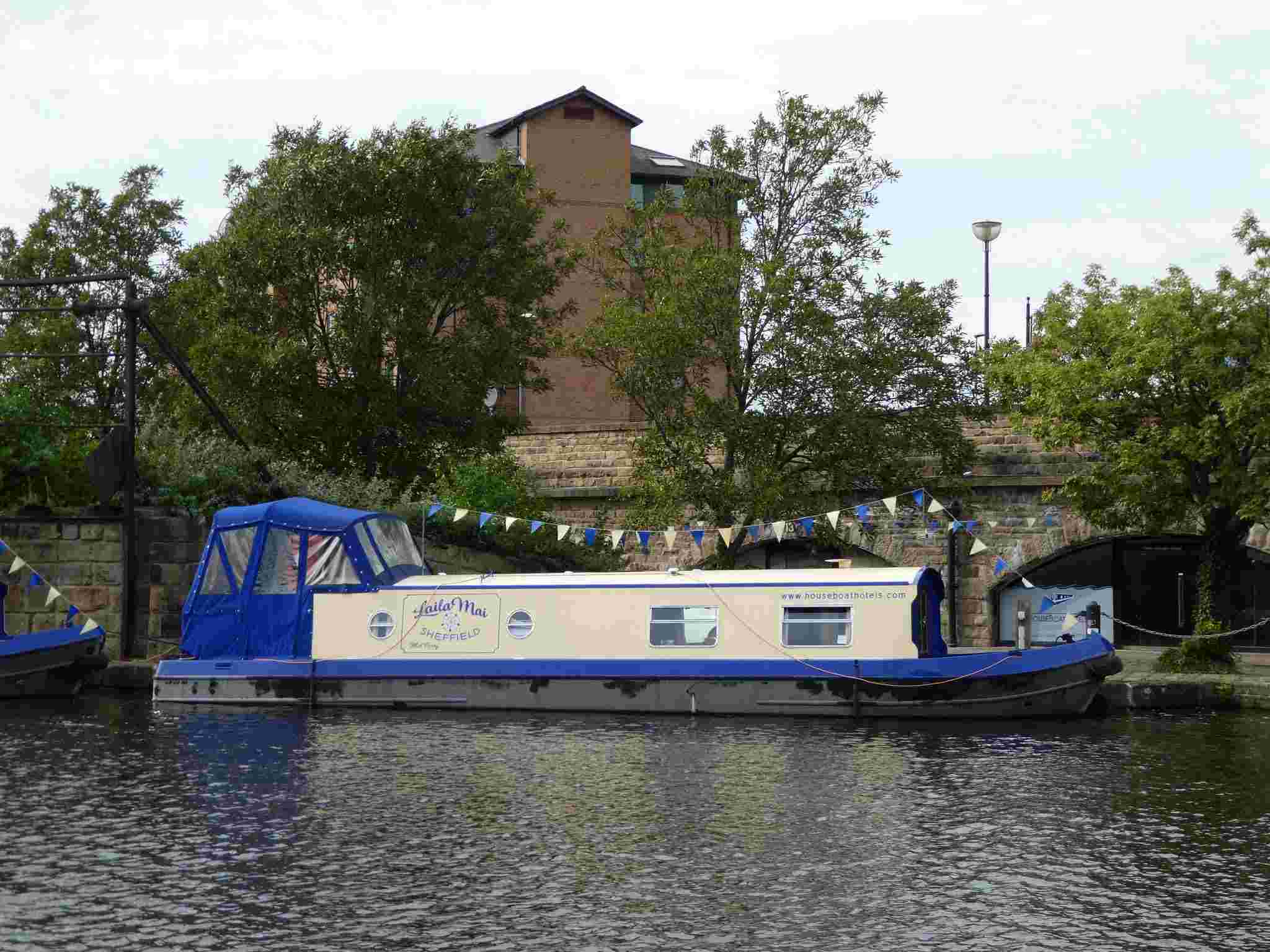
There was then just enough time to stop off for tea and cakes on our way back to the railway station. We had such a pleasant day out with the city centre being nothing like the Sheffield we remembered from 15 years ago. Now, it’s vibrant, attractively landscaped and the blend of modern buildings with historic architecture makes it very appealing – I’m certain we will be returning soon!
If you have enjoyed reading this post you may also like:


Leave a comment